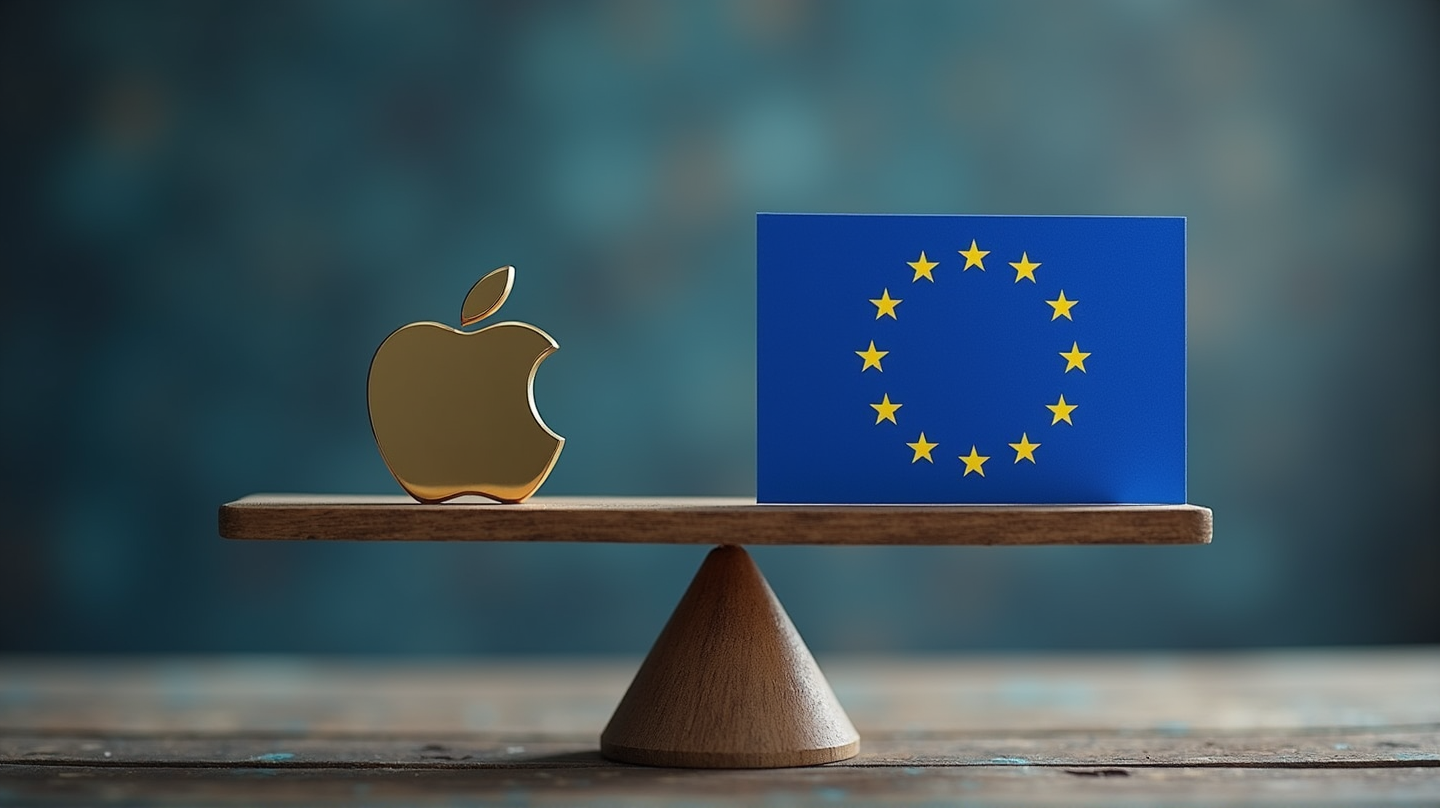Last year marked a significant shift in the European Union’s digital landscape as Apple, in compliance with the Digital Markets Act (DMA), adjusted its policies. Yet, Apple reveals that the adjustments intended to foster competition and reduce consumer prices have not translated into savings for EU users. This insight forms part of a broader discussion on whether regulatory efforts genuinely benefit the end consumer or hinder innovation.
A Move to Satisfy Regulators
In response to the DMA, Apple allowed software developers in the EU to bypass its App Store exclusivity, decreasing the high in-app payment system fees which could reach up to 30%. This shift was meant to create a more open market, reducing developer fees to an average of 20%. However, the lower costs for app creators have not resulted in lower prices for users. According to a study by Analysis Group, commissioned by Apple, developers chose to retain the extra profits rather than pass them on to consumers.
The Study’s Revelations
Apple’s commissioned study analyzed over 41 million transactions across an impressive array of 21,000 digital products, worth roughly 403 million euros in sales. Intriguingly, the report highlighted that approximately 86% of the commission reductions benefitted non-EU developers. With a paltry 9% of products experiencing price reductions, the study suggests these decreases were typical of ordinary pricing trends and not directly tied to the reduced developer fees.
Implications for Developers and Consumers
With nine out of ten app products maintaining or increasing their prices, concerns arise over the perceived impact of the DMA. Regulators aimed to give smaller competitors a fighting chance and broaden user choices, yet consumers see little financial relief. Instead, the regulation might inadvertently create new challenges for innovators while exposing users to more risks, Apple warns.
The Bigger Picture
The DMA aims to level the playing field among tech giants like Apple, Alphabet, Meta Platforms, and Microsoft. By doing so, it hopes to stimulate a vibrant digital economy where smaller firms can compete. However, the larger question remains—are such regulations effective in reducing consumer costs, or do they paradoxically end up fortifying the giants they aim to challenge?
Apple’s position and accompanying study add to the growing debate about regulatory impacts on consumer choice and pricing dynamics. As stated in The Economic Times, the unfolding of these regulatory measures may hold further implications for tech firms and consumer markets alike.
